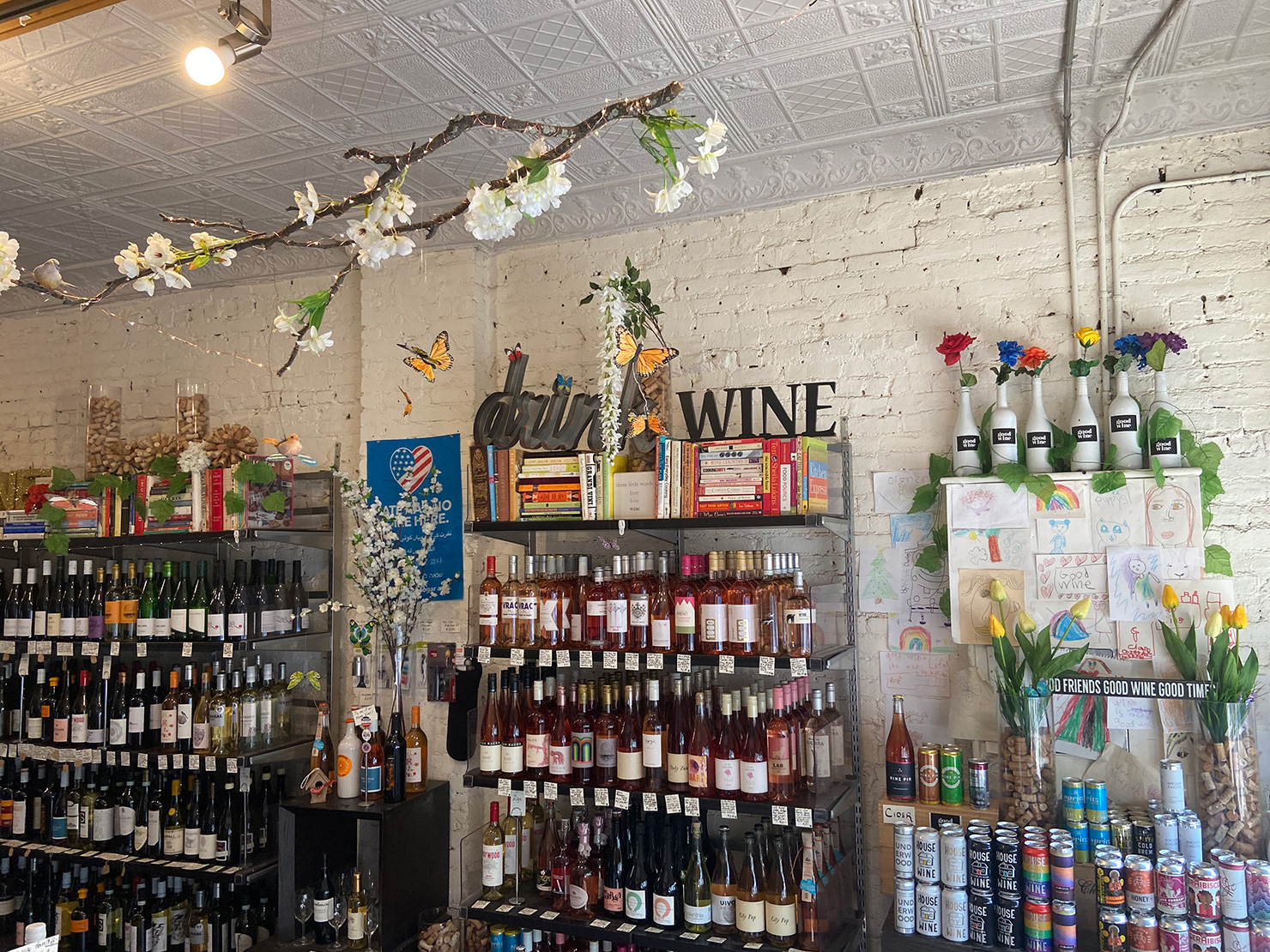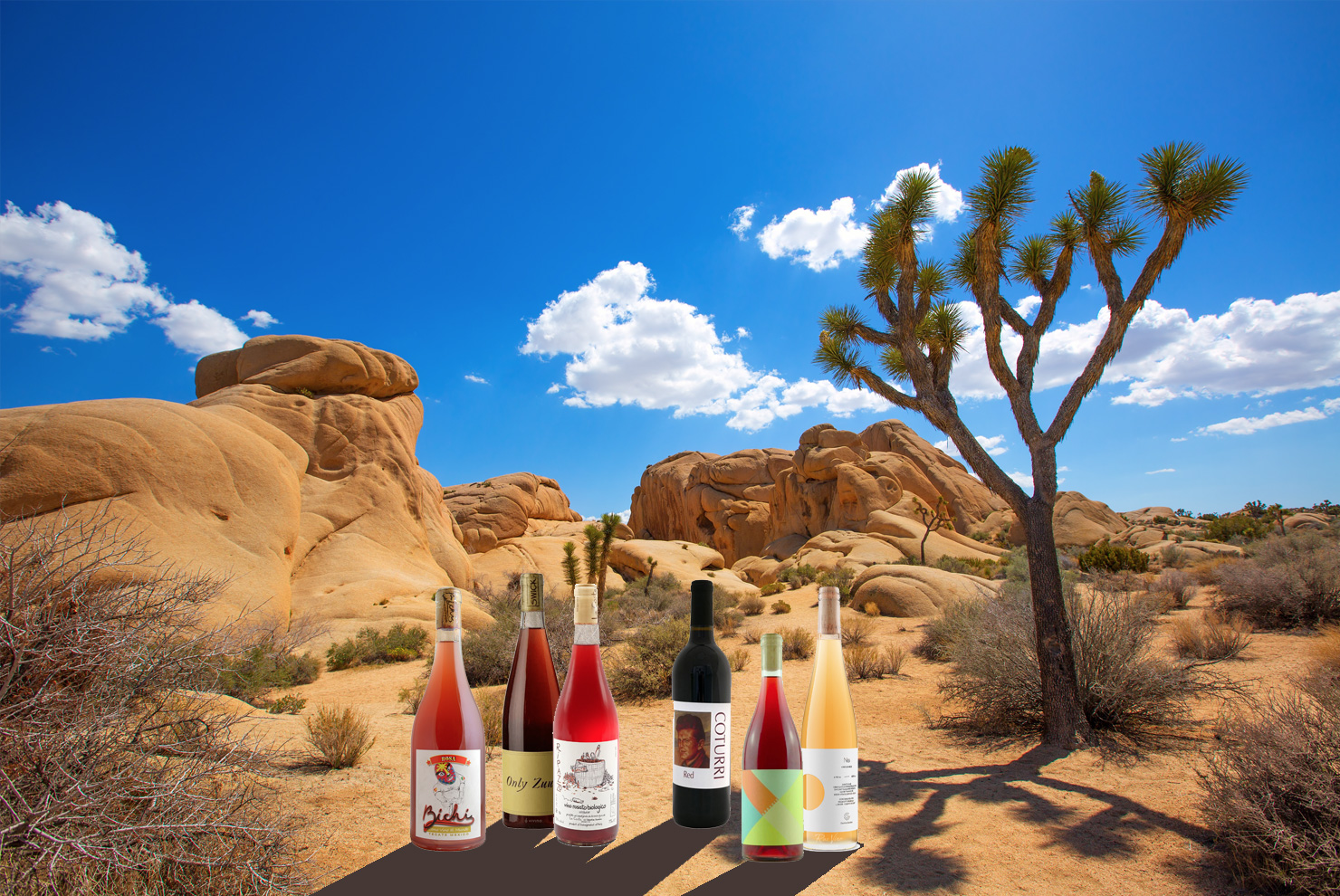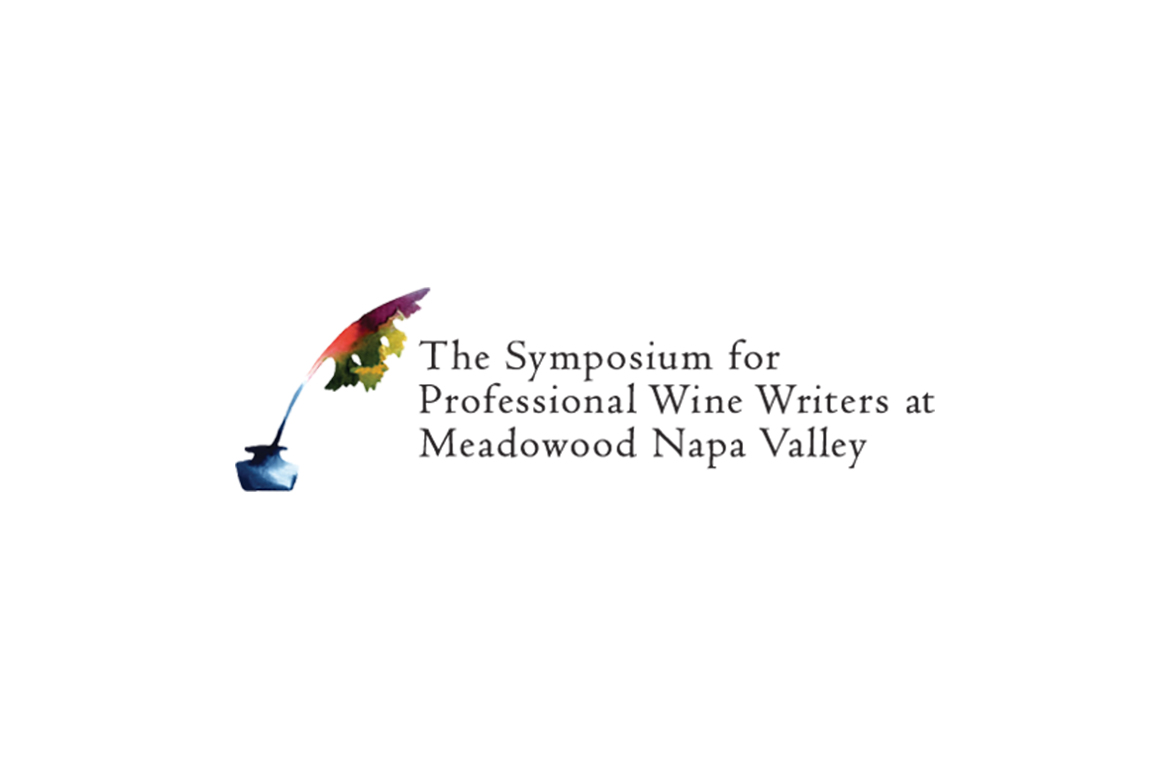A large, wildly popular New York restaurant that serves food family style comes to Paris, and does a pop-up in, literally, the smallest natural wine bar in town. Logical? Maybe not. But this was a great collaboration.
There were lines out the door and down the block to get into the recent Mission Chinese Food pop-up at La Buvette, and it was well worth the wait. Chefs Danny Bowien and Angela Dimayuga churned out snacks with serious flavor. They must have brought Szechuan peppers over in their suitcases, because that signature intense spiciness was full-on in a couple of the dishes. Just like at the Mission Chinese location I used to frequent in New York, my mouth started to tingle after a couple bites of “tingly cucumbers” with tahini, seeds, and some kind of noodly thing.
Fortunately, though, we had the perfect wine to pair with this rich, spicy food: a Sauvignon Blanc from Laurent Saillard, in Touraine, the Loire Valley. I realize that it might be a cliché to say that it was a “perfect pairing,” but here we are, one hundred percent. And so I began reflecting on why that was. It has more to do with what the winemaker didn’t do, than what he did.
Sauvignon Blanc made in a non-interventionist style is radically different than the typical “Sahv Blahnc” poured by-the-glass at restaurants across the United States. These wines are generally made with a sort of “recipe” that aims to produce a “crisp” wine with those signature herbal, green pepper notes. This vegetal flavor is known as the compound of “pyrezines,” and to achieve it in Sauvignon Blanc, the grapes must be harvested early, while they still have such flavors, which disappear as the grapes achieve ripeness. As well, many non-natural (conventional) winemakers will use aromatic yeasts, purchased from a laboratory, which are specifically designed to create this artificial flavor in the wine.
Harvesting early means lower potential alcohol. To get the wine’s alcohol level up to normal levels, a winemaker must add sugar, a process known as chaptalization (and prohibited in many places in Europe, though still practiced in the shadows). The next thing to achieve in this wine is that super intense “crispness” that people have come to love in white wine. This is done by adding a hefty dose of sulfites—preservatives that stabilize wine by killing active yeast and bacteria—ensuring that the wine does not go through the process of “malolactic fermentation,” which converts tart malic acid to softer lactic acid and delivers a smooth, supple wine. And then, because the wine has probably lost some of its original freshness, the winemaker now must “acidulate” using tartaric acid.
(If you’re wondering what my source is for all this, it’s information gleaned by observing and speaking with winemakers both conventional and natural, over the years—but it’s also displayed clearly and unapologetically on this website for home winemakers.)
Natural winemakers don’t do any of the above things. They harvest when grapes are ripe and healthy. If pyrezines exist, then so be it—but it’s not the goal. White wines, in non-interventionist winemaking, tend to go through malolactic fermentation if they aren’t treated with large amounts of sulfites, so they have nice roundness and texture, but that doesn’t mean they are flabby and buttery like a cheap California Chardonnay. Sauvignon Blanc naturally has a healthy amount of acidity, which allows the wine to be fresh and lively, though not necessarily “crisp” like biting into an apple. It’s just enough acid to cut through spicy food, as I experienced at the Mission Chinese pop-up, but not so much acid that the wine stings your teeth, as in cheaper commercial versions of Sauvignon Blanc.
Laurent Saillard’s “Lucky You!” wine is a great example of this style. As well, look out for the “Chez Charles” cuvee from Noella Morantin—it’s made in very small amounts, in the same area where Laurent works, and is really beautiful and soft with a tinge of minerality—or try the controversial, amber-hued wines of Alexandre Bain in Poully-Fumé (the wine’s color comes from botrytis on the grapes, not from skin contact), and in a similar vein, the Sancerre wines of Sebastien Riffault. You should also seek out Hervé Villemade, whose Sauvignon is simple and fresh, perfect to drink for an aperitif. Stateside, two Oregon producers are making round, luscious, fresh Sauvignon Blanc wines: Bow & Arrow and Division Wine Co.
Go forth and drink these wines to discover the real essence of Sauvignon Blanc (or, as they call it in France, just Sauvignon—try that for next-level snobbery). May you be converted to the natural side of this truly wonderful variety, and never again have to drink a glass of juice that tastes like a jalapeño made awkward love to a watery green apple.
Rachel Signer is a Sprudge Wine contributor based in Paris, and the co-founder of Terre Magazine.
All photos by Rachel Signer.






























